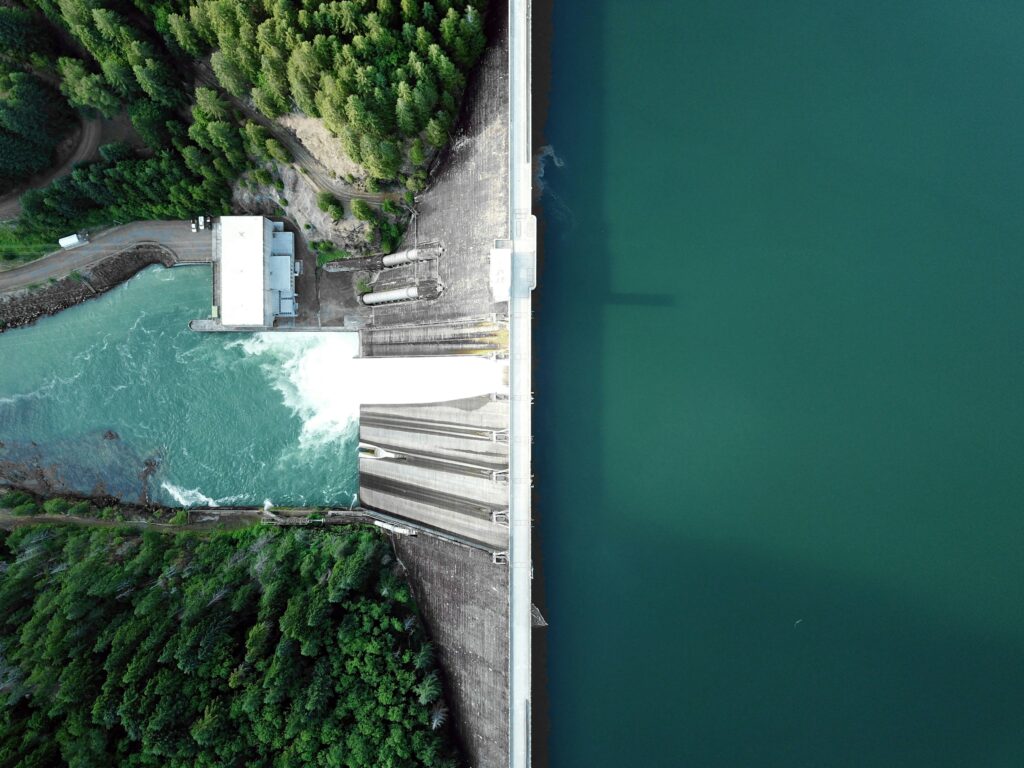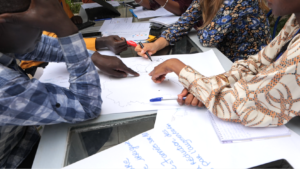
New poster on a framework for planning water resources infrastructure
During the recent EGU 2024, Hamidreza Rezazadeh and Amaury Tilmant from Laval University (Canada) shared a poster entitled ‘A Real Options-Based Decision-Making Framework for Hydraulic Infrastructure Investments’. To understand their poster best, read more below about the research activities conducted in the framework of GoNexus and their outputs.
Planning hydraulic infrastructure is challenging as it requires the careful consideration of many uncertain factors such as the evolution of future demands and supplies.
The deep uncertainty attached to climate change makes traditional planning approaches based on well-characterized statistical distributions ill-suited. This has led to the emergence of a new paradigm, “prepare and adapt,” which focuses on developing robust and adaptive systems that can perform well under a wide range of futures.
This poster presents a framework for planning new water resources infrastructure (e.g. reservoirs, hydropower plants) based on real options, deep uncertainty and temporal multicriteria analysis (TMCA).
The real option component essentially handles the issues associated with the timing, sequencing, sizing and operating of those infrastructure.
The deep uncertainty that characterizes future hydroclimatic conditions is captured by a large ensemble of GCM-based hydrologic projections.
Finally, TMCA allows us to compare, and rank order the options with respect to several criteria reflecting the different water uses (e.g. irrigated agriculture, hydropower generation, navigation, fisheries, flood recession agriculture, municipal and industrial water supply) in a dynamically changing environment induced by both climate change and the options.
The framework is applied to the Senegal River Basin (SRB) in West Africa. The SRB is a complex system with several planned hydropower projects and irrigation schemes, making it ideal for testing the proposed framework.
The results identify development pathways associated with different trade-offs between risk and reward. The framework also helps decision-makers understand the distributional effects of these development pathways on society.



